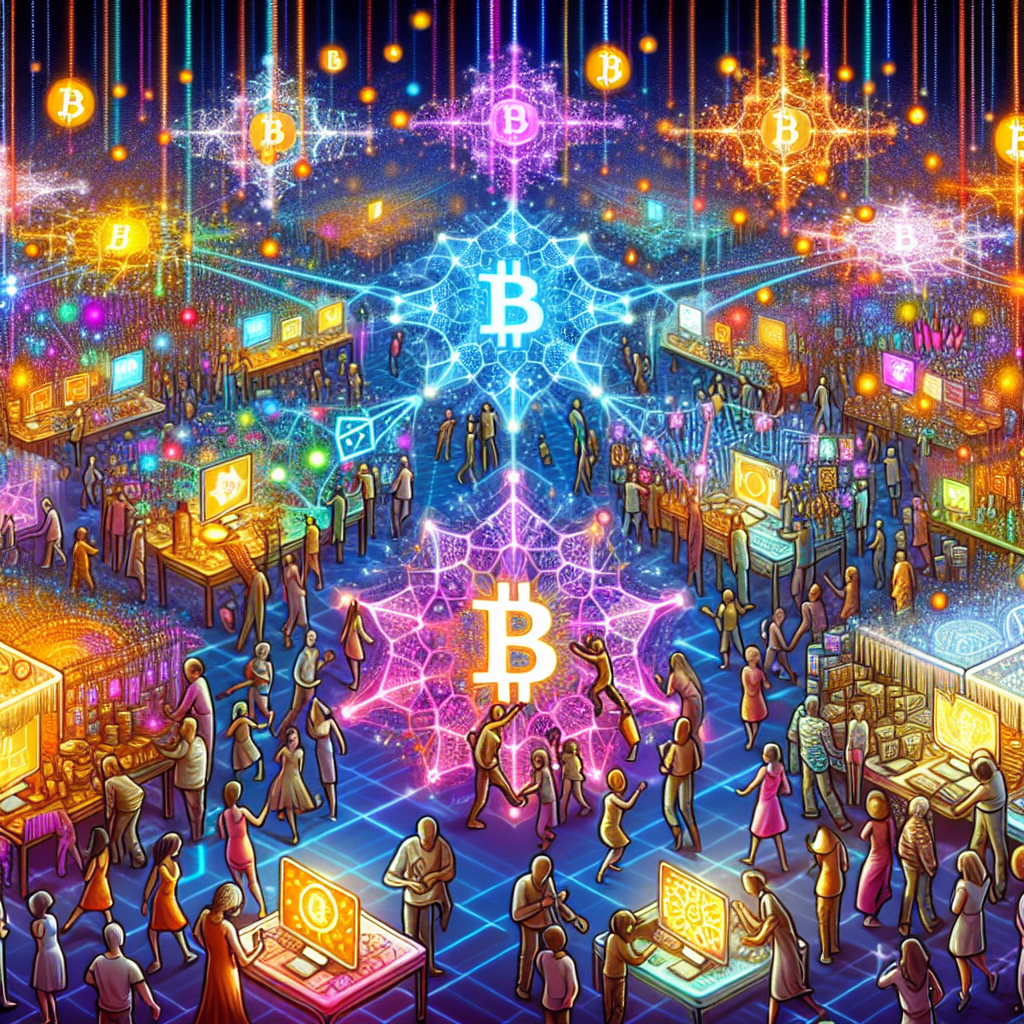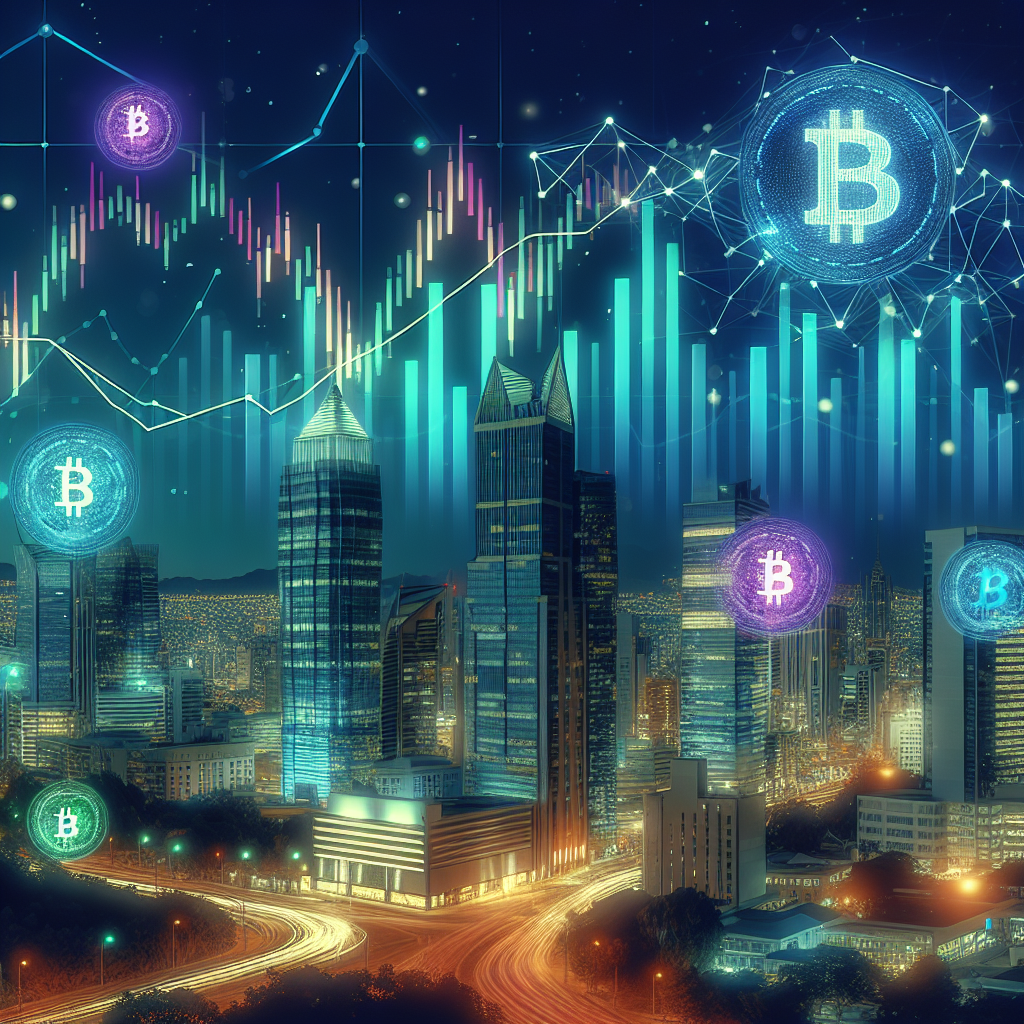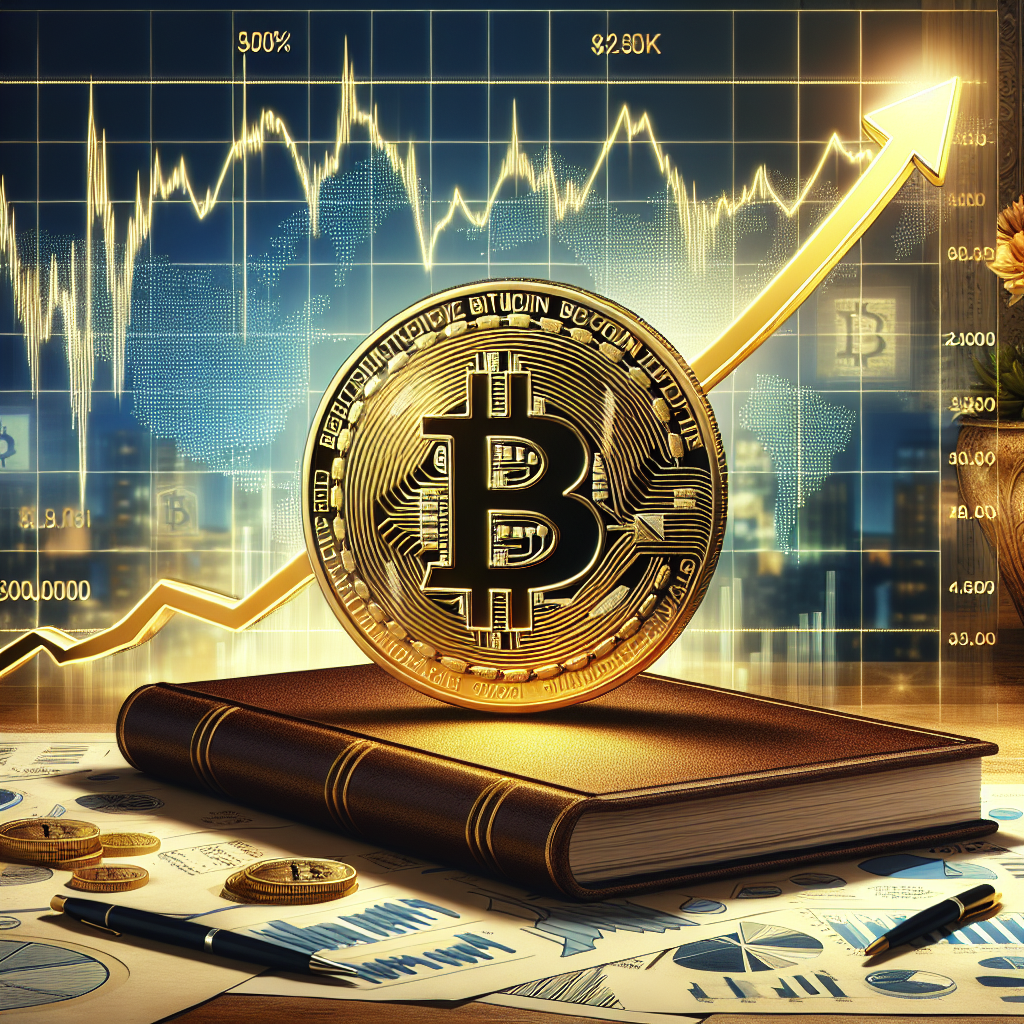The Rise of NFTs: Exploring the Digital Art Sales Phenomenon
The world of digital art has been revolutionized by the rise of non-fungible tokens (NFTs). These unique digital assets have taken the art world by storm, with sales reaching new peaks and driving innovation in blockchain technology. In this article, we will explore the NFT craze and its impact on the digital art sales phenomenon.
NFTs, or non-fungible tokens, are digital assets that represent ownership or proof of authenticity of a unique item or piece of content. Unlike cryptocurrencies such as Bitcoin or Ethereum, which are fungible and can be exchanged on a one-to-one basis, NFTs are one-of-a-kind and cannot be replicated or replaced. This uniqueness is what gives NFTs their value and has sparked a frenzy of interest in the art world.
One of the main reasons for the surge in NFT sales is the ability to tokenize digital art. Artists can now create and sell their artwork directly on blockchain platforms, bypassing traditional art galleries and auction houses. This has opened up new opportunities for artists to monetize their work and reach a global audience without the need for intermediaries.
The NFT craze has also attracted a new wave of collectors and investors. With the ability to prove ownership and authenticity, NFTs have become a sought-after asset class. Collectors are willing to pay top dollar for digital art pieces, driving up prices and creating a market frenzy. This has led to record-breaking sales, with some NFT artworks selling for millions of dollars.
The impact of the NFT craze goes beyond just the art world. It has also sparked innovation in blockchain technology. Blockchain, the underlying technology behind NFTs, is a decentralized and transparent ledger that records transactions. The use of blockchain in the art world has brought transparency and security to the buying and selling process, eliminating the risk of fraud or forgery.
Furthermore, the rise of NFTs has led to the development of new platforms and marketplaces dedicated to digital art. These platforms provide artists with the tools and infrastructure to create, sell, and trade NFTs. They also offer collectors and investors a curated selection of digital artworks to choose from. This has created a vibrant ecosystem where artists, collectors, and investors can connect and transact.
However, the NFT craze has also raised concerns about the environmental impact of blockchain technology. The energy consumption required to power blockchain networks, especially those based on proof-of-work algorithms, has come under scrutiny. Critics argue that the carbon footprint of NFTs is too high and unsustainable in the long run. This has prompted discussions and efforts to develop more energy-efficient blockchain solutions.
In conclusion, the rise of NFTs has transformed the digital art sales phenomenon. With record-breaking sales and a surge in interest from collectors and investors, NFTs have become a driving force in the art world. They have also sparked innovation in blockchain technology, bringing transparency and security to the buying and selling process. However, the environmental impact of NFTs remains a concern that needs to be addressed. As the NFT craze continues, it will be interesting to see how the art world and blockchain technology evolve to meet the demands and challenges of this new digital era.




